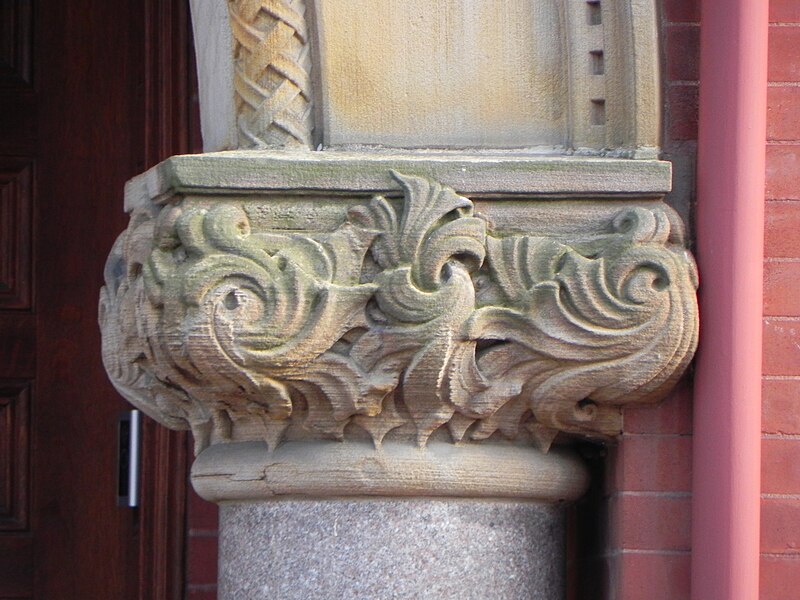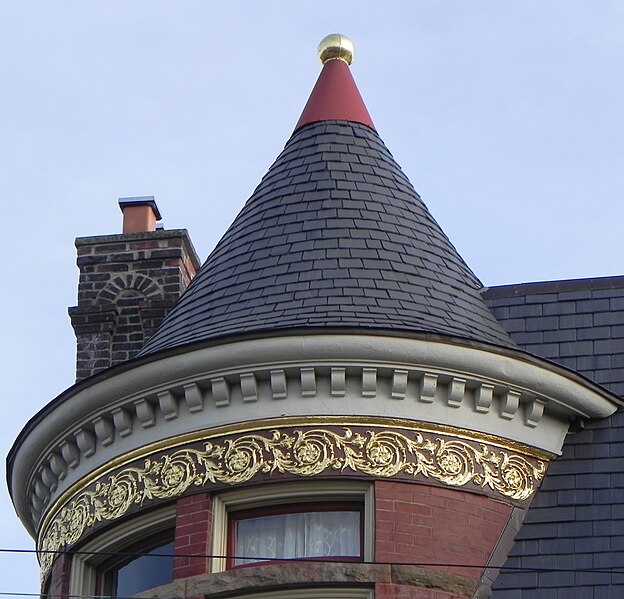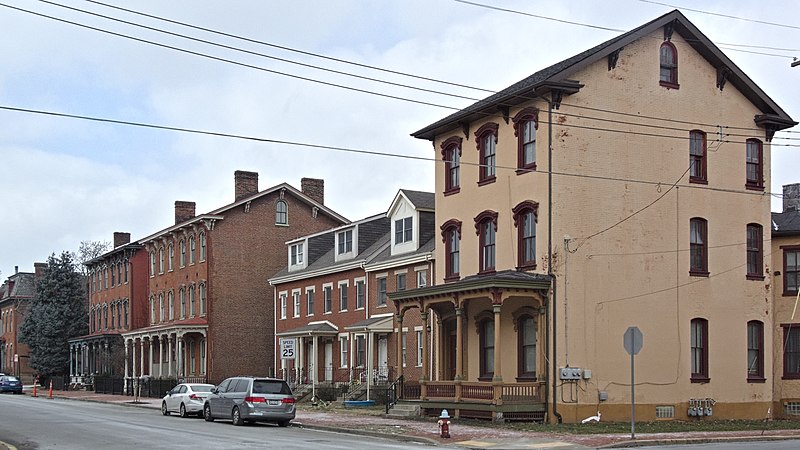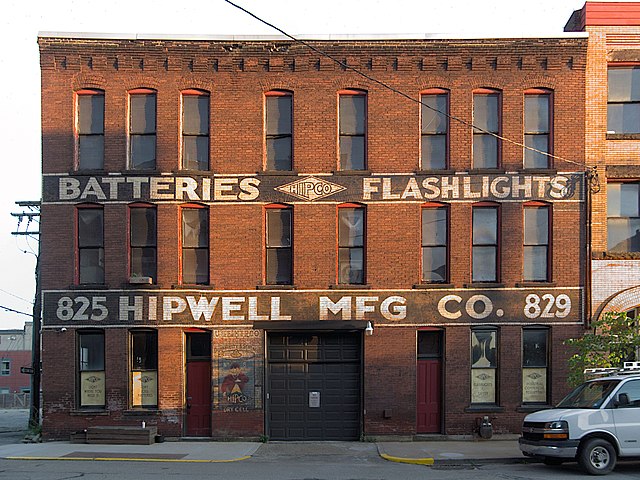
Is there a household in America that does not keep a stock of AA batteries? Or AAA, C, D? These are reliable power sources that we just drop into electrically powered devices without a moment’s thought.
You owe that convenience to the Hipwell Manufacturing Company of North Avenue. It was Hipwell that invented the unit-cell battery (see this ad-laden page and this PDF history), thus taming the demon electricity and even giving him a goofy smile.

Until a few years ago, this building still had old advertising posters in the windows, which luckily Father Pitt recorded before they disappeared.
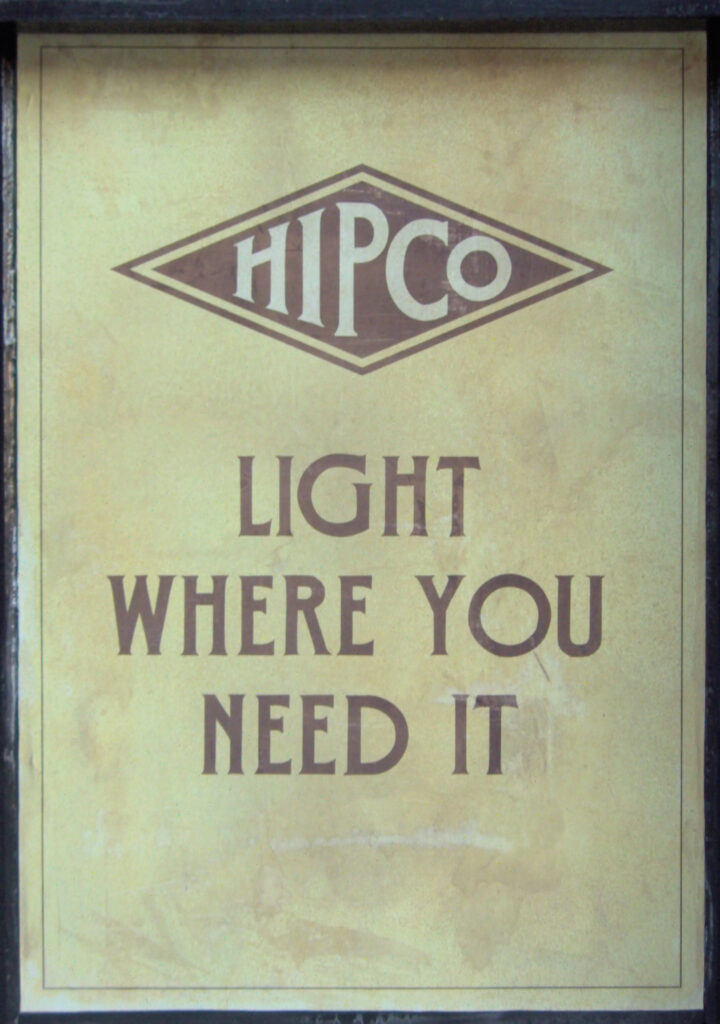
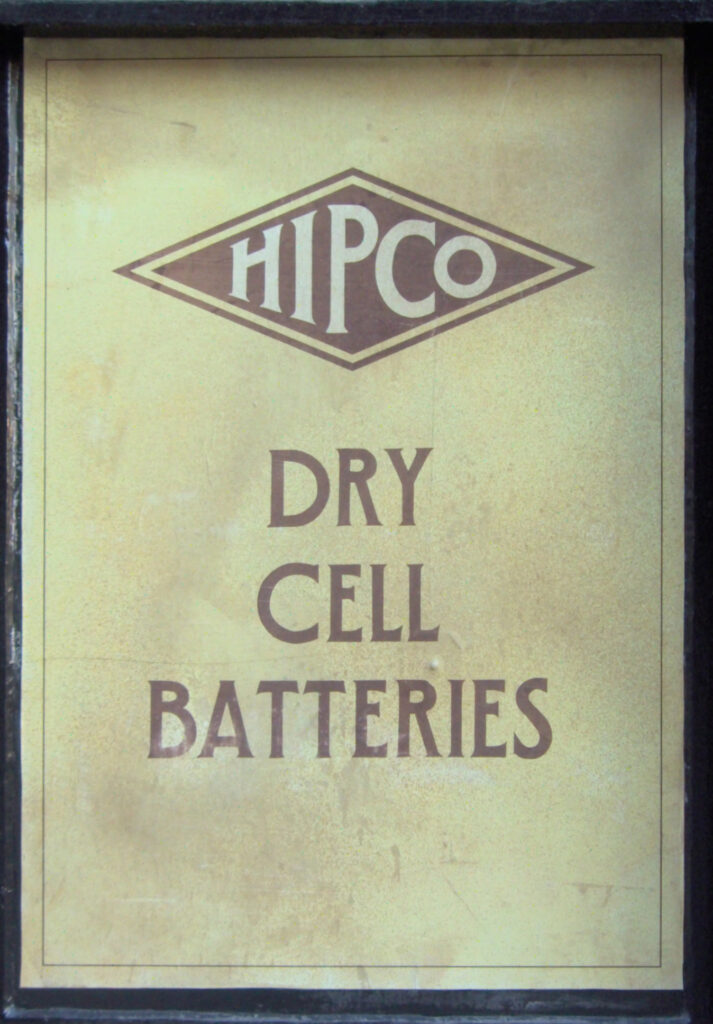


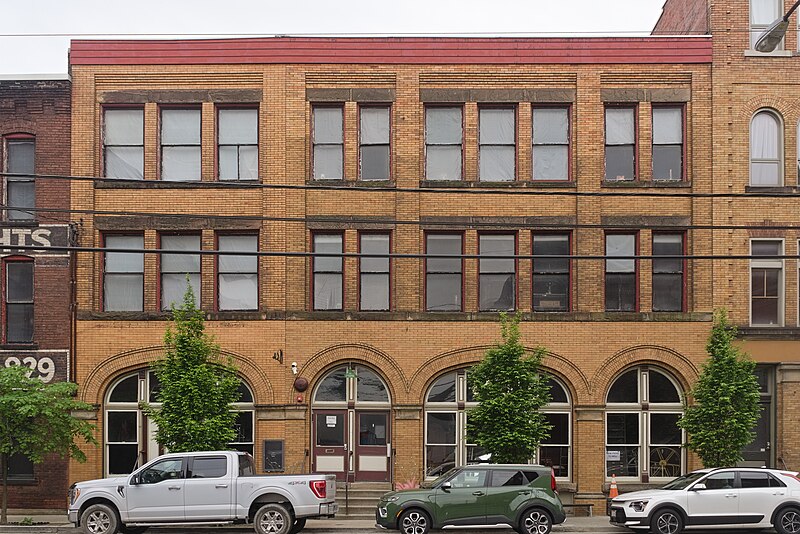
This buff-brick building also belonged to the Hipwell Manufacturing Co, and it was featured as the Hipwell factory in company advertising—but in a form we can only call fictionalized.
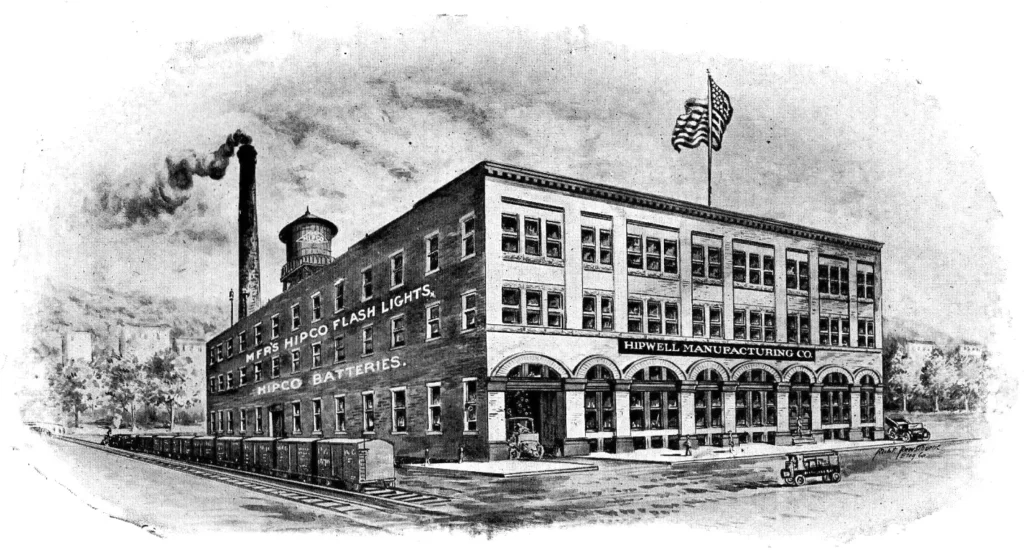
The distinctive alternating round and flattened arches are there, but there are twice as many of them. The building was never this size, nor was there ever a railroad siding where boxcars were stuffed with Hipco flashlights and batteries.

The old Hipwell factory kept turning out flashlights until 2005, which accounts for its fortunate state of preservation. It is now an event venue called Hip at the Flashlight Factory.



